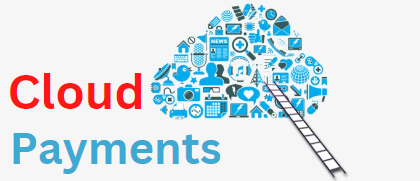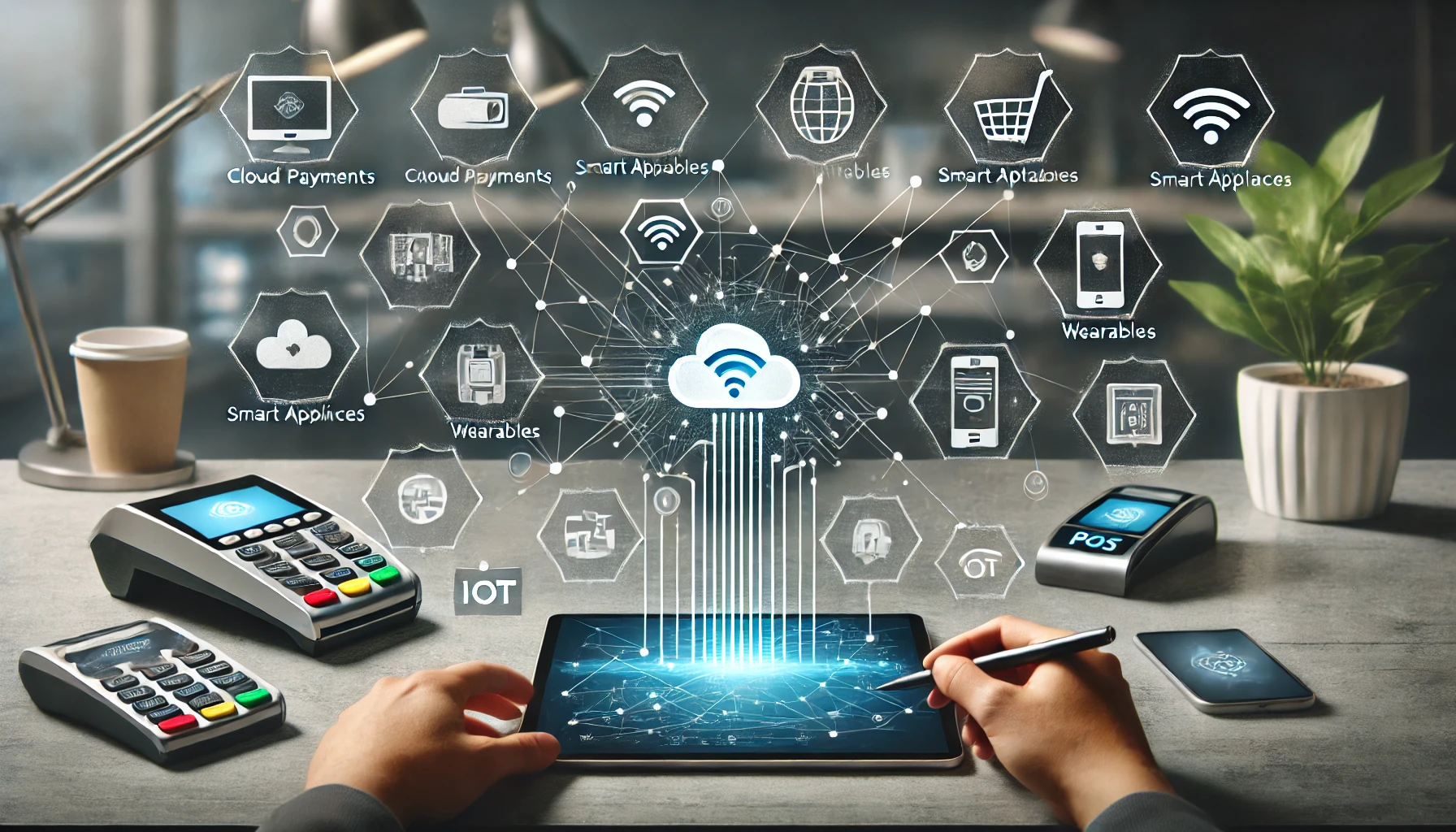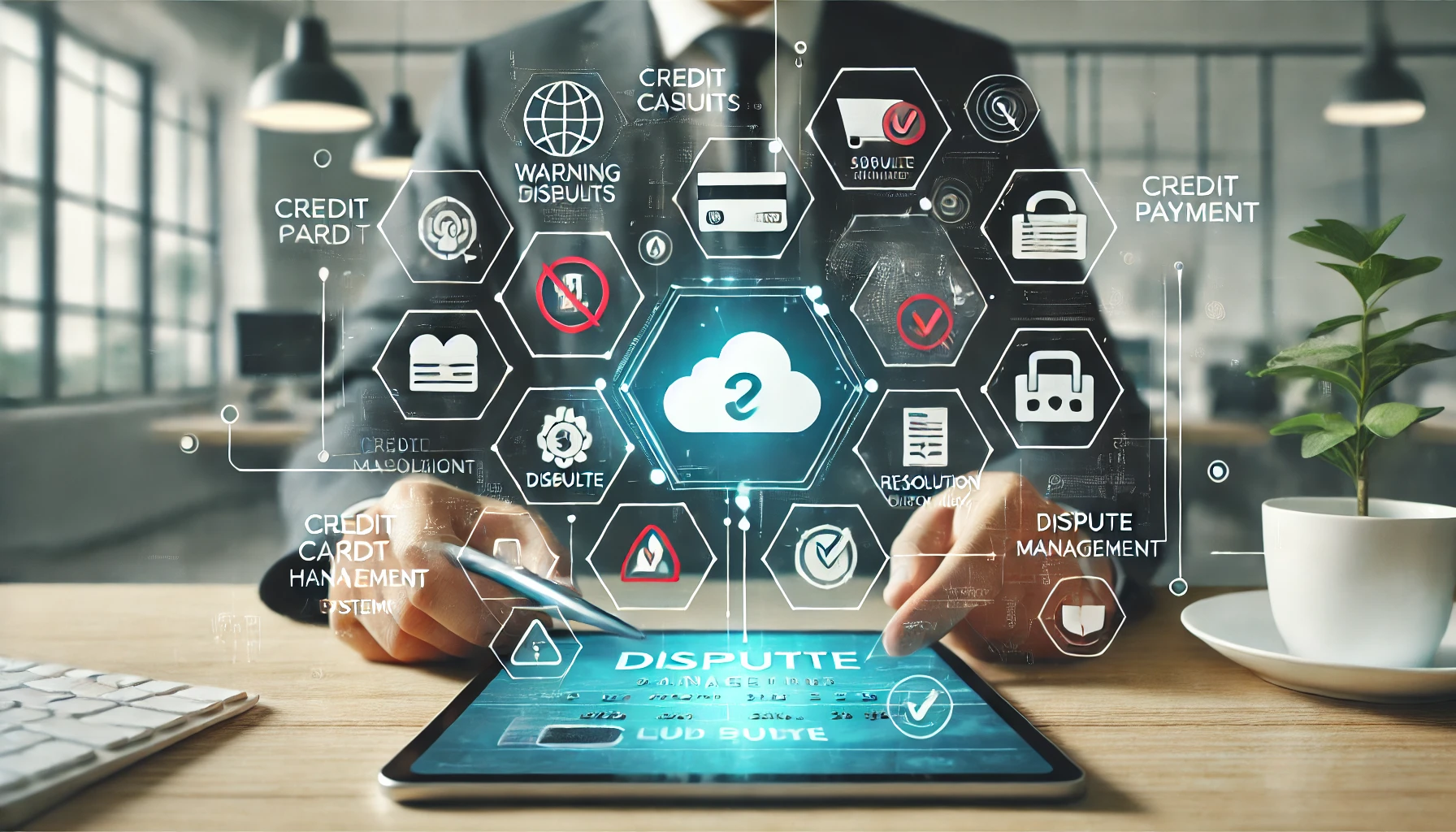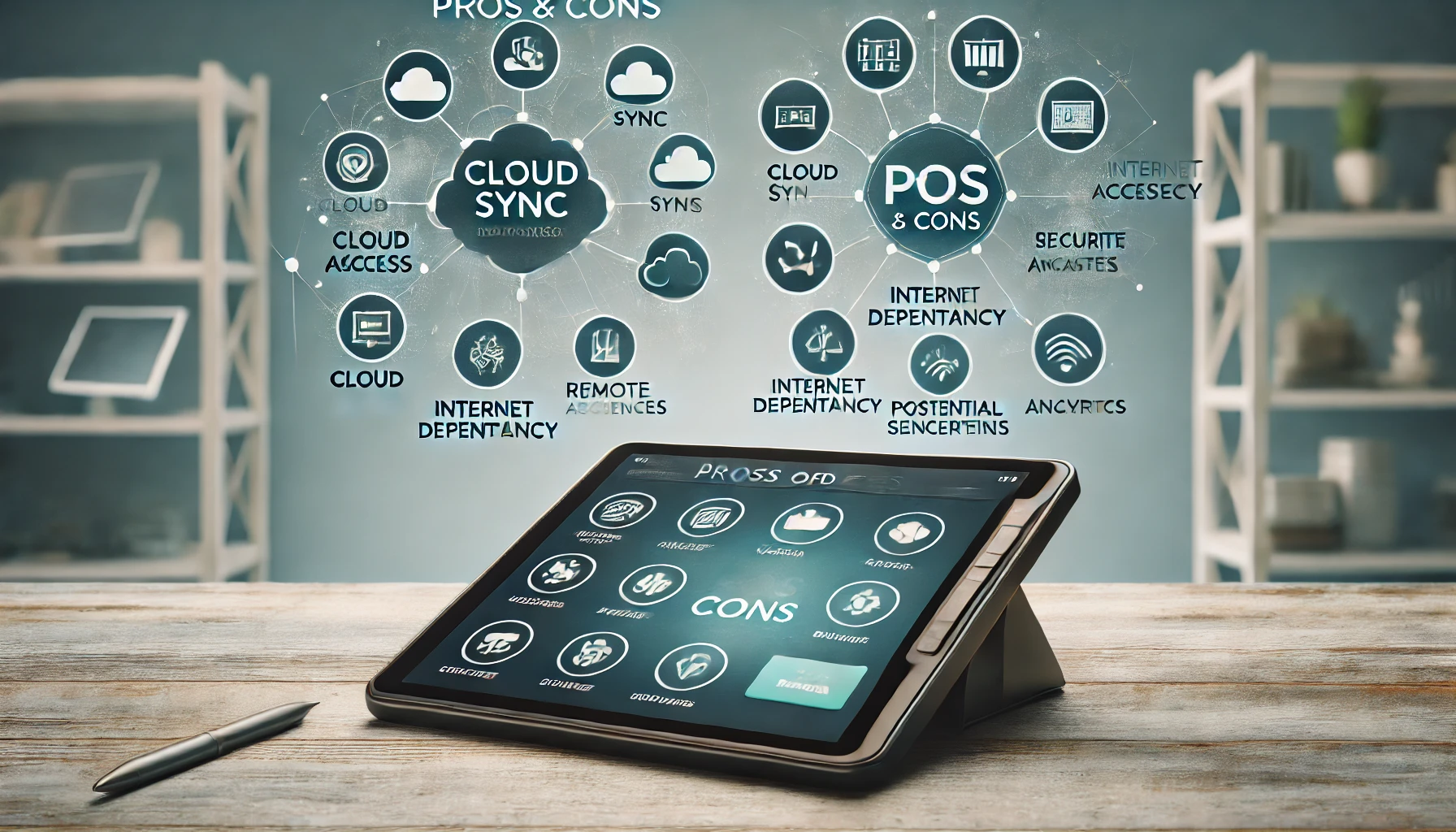Understanding Cloud Payments and Omnichannel Retail: A Detailed Guide
In today’s digital age, the retail landscape has undergone a significant transformation. With the rise of e-commerce and the increasing popularity of mobile shopping, retailers are faced with the challenge of providing a seamless shopping experience across multiple channels. This is where cloud payments and omnichannel retail come into play.
In this comprehensive guide, we will delve into the world of cloud payments and explore how they work in the retail industry. We will also discuss the benefits of cloud payments for omnichannel retailers and examine various aspects such as seamless shopping experience, customer engagement, unified customer profiles, inventory management, and security considerations.
What are Cloud Payments and How Do They Work in Retail?

Cloud payments refer to the use of cloud-based technology to process and manage payments in the retail industry. Instead of relying on traditional payment methods such as cash or physical credit cards, cloud payments enable retailers to accept payments through digital channels, including online stores, mobile apps, and in-store point-of-sale (POS) systems. These payments are securely processed and stored in the cloud, eliminating the need for physical infrastructure and reducing the risk of data breaches.
Cloud payments work by leveraging the power of cloud computing to securely transmit payment information between the customer, the retailer, and the payment processor. When a customer makes a purchase, their payment details are encrypted and transmitted to the retailer’s cloud-based payment system. The payment system then securely communicates with the payment processor to authorize and process the transaction. Once the payment is approved, the retailer receives a confirmation, and the customer’s purchase is completed.
Benefits of Cloud Payments for Omnichannel Retailers
Omnichannel retailing, where businesses provide seamless shopping experiences across various platforms like online stores, mobile apps, and physical locations, benefits immensely from integrating cloud payment solutions. These systems facilitate a consistent and streamlined payment experience, critical to maintaining customer satisfaction and operational efficiency. Here’s a look at how cloud payments are beneficial for omnichannel retailers.
Seamless Shopping Experience Across Channels with Cloud Payments
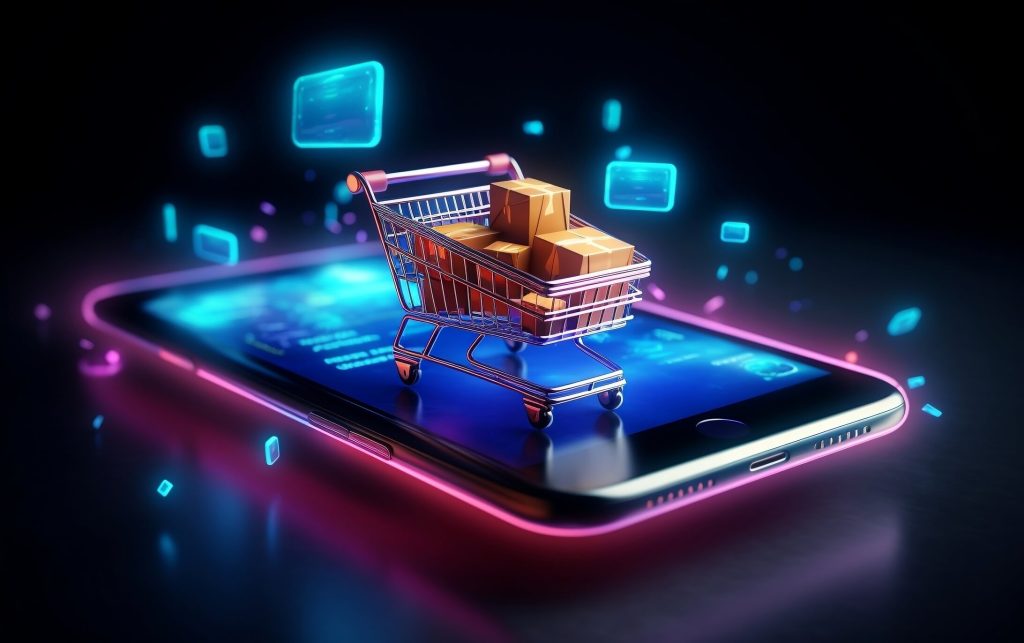
One of the key benefits of cloud payments for omnichannel retailers is the ability to provide a seamless shopping experience across multiple channels. With cloud-based payment systems, customers can start their shopping journey on one channel, such as a mobile app, and seamlessly transition to another channel, such as a physical store or a website, without any disruption. This omnichannel approach allows customers to browse products, add items to their cart, and make payments at their convenience, regardless of the channel they choose.
By offering a seamless shopping experience, retailers can enhance customer satisfaction and increase sales. According to a study by Harvard Business Review, customers who engage with a brand across multiple channels have a 30% higher lifetime value compared to those who shop through a single channel. Cloud payments enable retailers to meet the evolving needs of their customers and provide a consistent and personalized shopping experience across all touchpoints.
Enhancing Customer Engagement and Loyalty through Cloud-based Retail Systems
Cloud-based retail systems, including cloud payments, offer retailers the opportunity to enhance customer engagement and build loyalty. By leveraging the power of cloud computing, retailers can collect and analyze customer data from various channels, such as online purchases, in-store transactions, and social media interactions. This data can then be used to create unified customer profiles, which provide a holistic view of each customer’s preferences, purchase history, and behavior.
Unified customer profiles enable retailers to personalize their marketing efforts and deliver targeted promotions and recommendations to individual customers. For example, a retailer can send personalized offers to customers based on their past purchases or send reminders about abandoned carts to encourage completion of the purchase. By tailoring their marketing messages to individual customers, retailers can increase customer engagement, drive repeat purchases, and foster long-term loyalty.
Unified Customer Profiles and Purchase History in Cloud-based Retail Systems
One of the key advantages of cloud-based retail systems is the ability to create unified customer profiles and store purchase history in the cloud. Traditional retail systems often store customer data in silos, making it difficult to gain a comprehensive view of each customer’s interactions with the brand. With cloud-based systems, retailers can consolidate customer data from various channels and create a single source of truth for customer information.
Unified customer profiles enable retailers to understand their customers better and provide personalized experiences. For example, if a customer has previously purchased a specific brand of shoes online, the retailer can use this information to recommend similar products or offer exclusive discounts on related items. By leveraging purchase history and customer preferences, retailers can tailor their offerings to individual customers, increasing the likelihood of conversion and customer satisfaction.
Integrating Cloud Payments with Inventory Management and Order Fulfillment
Cloud payments can be seamlessly integrated with inventory management and order fulfillment systems, streamlining the entire retail process. When a customer makes a purchase, the cloud-based payment system can automatically update the inventory levels, ensuring accurate stock management. This real-time synchronization between payment systems and inventory management systems helps retailers avoid overselling or running out of stock, leading to improved customer satisfaction and increased operational efficiency.
Furthermore, cloud payments can also be integrated with order fulfillment systems, enabling retailers to automate the order processing and shipping process. When a payment is successfully processed, the order details can be automatically sent to the warehouse or fulfillment center, reducing manual errors and speeding up the delivery process. This integration between cloud payments, inventory management, and order fulfillment systems enables retailers to provide a seamless and efficient shopping experience for their customers.
Security and Compliance Considerations for Cloud Payments in Retail
When it comes to cloud payments in retail, security and compliance are of utmost importance. Retailers must ensure that their cloud-based payment systems comply with industry standards and regulations, such as the Payment Card Industry Data Security Standard (PCI DSS). This standard outlines the requirements for securely processing, storing, and transmitting payment card data.
To ensure the security of cloud payments, retailers should partner with reputable payment processors and choose cloud-based payment systems that offer robust security features. These features may include encryption of payment data, tokenization to replace sensitive cardholder data with unique identifiers, and multi-factor authentication to prevent unauthorized access. Regular security audits and vulnerability assessments should also be conducted to identify and address any potential security risks.
Personalized Marketing Campaigns through Cloud-based Omnichannel Analytics
Personalized marketing has become a cornerstone of modern retail strategy, particularly for omnichannel retailers who must engage with customers across multiple touchpoints. Cloud-based omnichannel analytics provide a powerful tool for understanding customer behavior and crafting highly targeted marketing campaigns. Here’s an exploration of how these analytics can enhance personalized marketing efforts.
1. Comprehensive Data Integration
Cloud-based omnichannel analytics systems gather and integrate data from various sources, including online purchases, in-store transactions, mobile app usage, and social media interactions. This comprehensive data collection provides a 360-degree view of customer behaviors and preferences, which is essential for creating personalized marketing strategies.
2. Real-Time Customer Insights
The ability to analyze data in real time is one of the most significant advantages of cloud-based analytics. Retailers can see how customers interact with their brand across different platforms as it happens, allowing them to respond promptly with personalized offers and messages. This immediacy can significantly enhance customer engagement and conversion rates.
3. Enhanced Customer Segmentation
With access to detailed data, retailers can segment their customer base more effectively based on a variety of factors, including demographic information, buying behaviors, and engagement levels. These segments can then be targeted with customized marketing messages that resonate more deeply with each group’s unique needs and preferences, increasing the likelihood of a positive response.
4. Predictive Analytics
Cloud-based omnichannel analytics often incorporate predictive models that use historical data to forecast future customer behaviors. This predictive insight enables retailers to proactively design marketing campaigns that cater to anticipated needs or interests, potentially increasing sales and customer loyalty.
5. Consistent Messaging Across Channels
Omnichannel analytics help ensure that messaging is consistent across all platforms while still allowing for the personalization of messages according to the specific characteristics of each channel. For example, an email campaign might be tailored differently from a mobile push notification, but both will be aligned with the overall marketing strategy and personalized based on the customer’s interaction history.
6. Automated Marketing Decisions
Advanced analytics platforms can automate decision-making processes by identifying the most effective marketing strategies and triggers based on machine learning algorithms. This automation can significantly reduce the time and resources spent on campaign planning and execution, allowing marketing teams to focus on creative and strategic tasks.
7. Improved Customer Experience
Ultimately, the goal of personalized marketing is to improve the customer experience. By leveraging cloud-based omnichannel analytics, retailers can provide a more relevant, engaging, and convenient shopping experience. Personalization can lead to increased customer satisfaction and loyalty, as customers feel that the brand truly understands and caters to their needs.
8. Measurable ROI
Cloud-based analytics platforms provide tools for measuring the effectiveness of personalized marketing campaigns in real-time. This measurement can include metrics such as engagement rates, conversion rates, and overall return on investment (ROI). With these insights, retailers can continuously refine their strategies to maximize effectiveness and efficiency.
Frequently Asked Questions
Q.1: What is the difference between cloud payments and traditional payment methods?
Cloud payments rely on cloud-based technology to process and manage payments, while traditional payment methods involve physical infrastructure such as cash registers or card terminals.
Q.2: Are cloud payments secure?
Yes, cloud payments can be secure if proper security measures are in place. Retailers should choose reputable payment processors and implement robust security features to protect customer data.
Q.3: Can cloud payments be integrated with existing retail systems?
Yes, cloud payments can be seamlessly integrated with existing retail systems, including inventory management and order fulfillment systems, to streamline the retail process.
Q.4: How can cloud payments enhance customer engagement?
Cloud payments enable retailers to collect and analyze customer data from various channels, allowing them to create personalized experiences and deliver targeted promotions and recommendations.
Q.5: What are the benefits of a seamless shopping experience across channels?
A seamless shopping experience across channels improves customer satisfaction, increases sales, and enhances brand loyalty.
Conclusion
In conclusion, cloud payments play a crucial role in enabling omnichannel retail and providing a seamless shopping experience for customers. By leveraging cloud-based technology, retailers can offer a consistent and personalized shopping experience across multiple channels, enhancing customer engagement and loyalty. Unified customer profiles and purchase history stored in the cloud enable retailers to understand their customers better and tailor their offerings to individual preferences.
